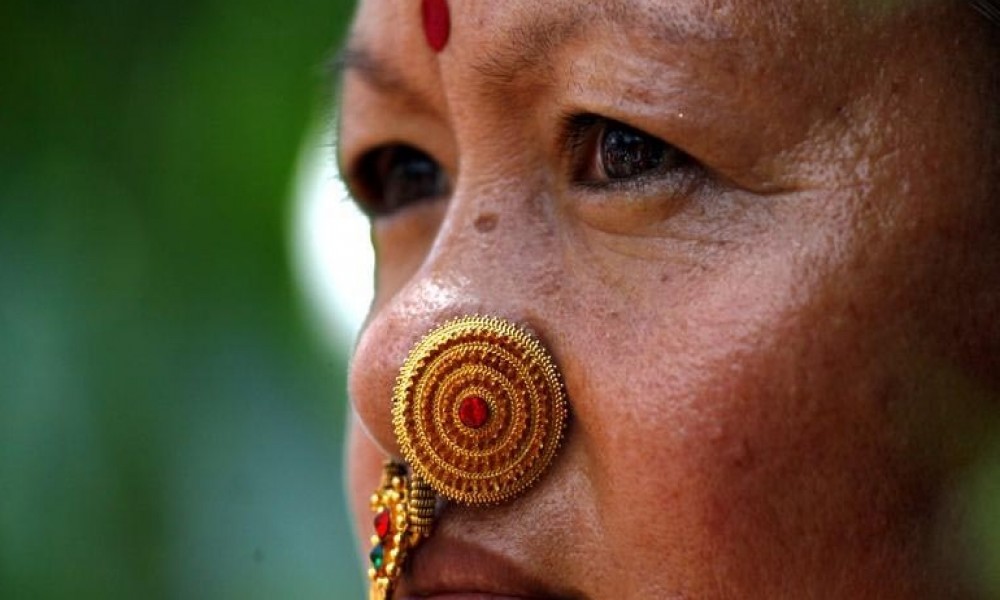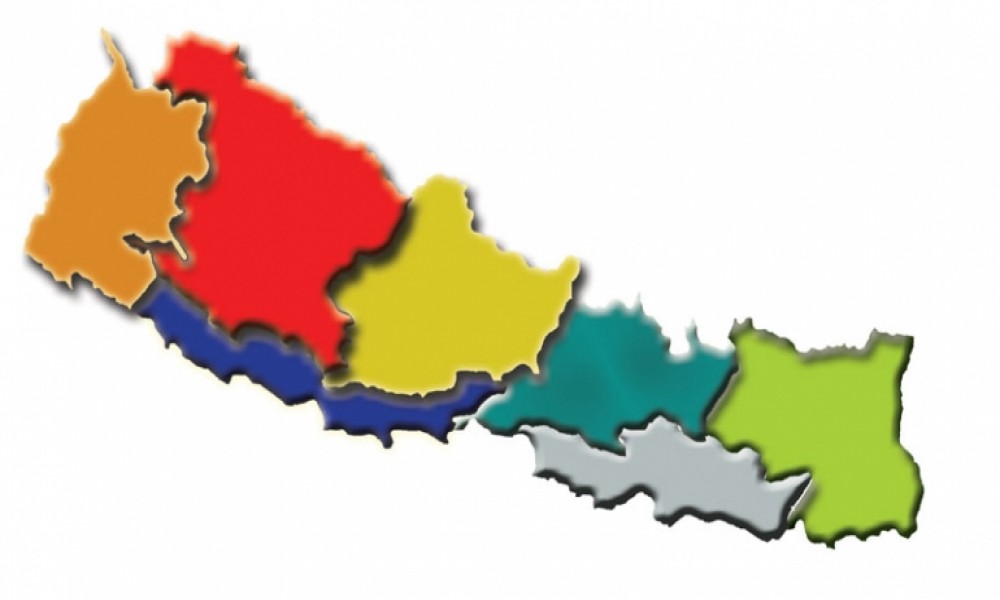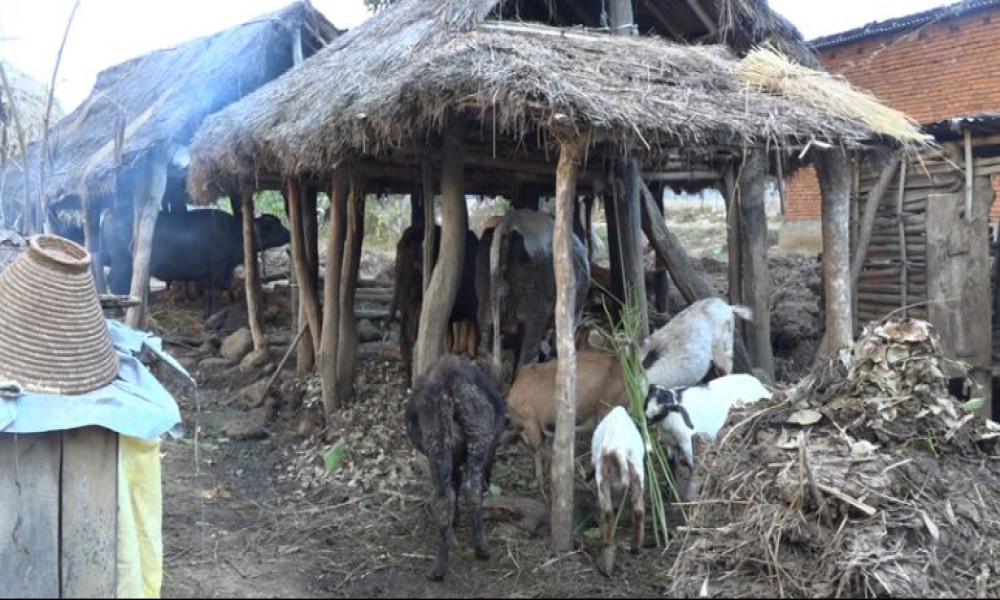Our mother tongue
is a gift from our ancestors
Our mother tongue
is a jewel of our country
This poem penned by Santa Bir Lama, a historician and researcher of mother tongues, is relevant in the present socio-political context of Nepal. It is so because language is intrinsically linked with one's identity and existence. In Nepal, languages other than Nepali have been victimized by the state's exclusionary policy for decades. After the political change of 1990, Nepal is being portrayed as a 'multi-lingual' country. But, it looks like the Nepali state does not understand the true meaning of the word 'multi-lingual'. Nepal is yet to become a multi-lingual country in true sense. This is why indigenous communities still need to raise their voices for recognition of their linguistic identity in the new constitution.
According to the 2011 census, altogether 123 languages are spoken in Nepal. Of them, as many as 80 languages are spoken by various indigenous communities. Nepal has only four languages that are spoken by more than 10,000 people. Other than these four languages, all other languages are under the risk of becoming extinct. Of them, about 30 languages are spoken by less than 1,000 people. These languages will soon vanish if efforts are not put in place to preserve them.
After the political change of 1990, Nepal is being portrayed as a 'multi-lingual' country. But, it looks like the Nepali state does not understand the true meaning of the word 'multi-lingual'. Nepal is yet to become a multi-lingual country in true sense. This is why indigenous communities still need to raise their voices for recognition of their linguistic identity in the new constitution.
As a result of the state's policy to promote just one language, people speaking other languages were excluded. They could not compete with Bahuns/Chhetris, whose mother tongue is Nepali. And they slowly lagged behind Bahuns/Chhetris in all state organs and mechanisms. "When the one language policy was in effect, children who spoke their mother tongues in schools were punished. It led to further marginalization of indigenous communities," says Amrit Yonjan, a linguist who has been working to save dying mother tongues. "After the political changes of 1990 and 2006, situation is changing. The state is becoming much more receptive to other languages. But, it takes time to right the wrong done to mother tongues of indigenous people."
Language policy in new constitution
The state's commitment to managing and preserving dying mother tongues of indigenous and minority communities is the need of the hour. And the new constitution should guarantee that the state no longer adopts in one-language policy.
Lal Rapacha, who has earned a Ph.D. in Sunuwar language, says language is also identity of indigenous communities and this identity should be recognized while federating the country. "India has set an example of this," says Rapacha. "Like India, Nepal must need to preserve its linguistic diversity."
In the first Constituent Assembly, there were voices for forming an academy to preserve all mother tongues. Rapcha says the second CA must also heed to these voices. "Forming such an academy will be a milestone in preserving dying mother tongues of all indigenous communities," says Rapcha.
According to the 2011 census, altogether 123 languages are spoken in Nepal. Of them, as many as 80 languages are spoken by various indigenous communities.
Linguistic policy in federal structure
It is imperative to consider linguistic population while federating the country. Linguistic policy of a federal state must be determined by linguistic groups present in that particular province. Nepali can be used as a lingua franca but federal states must have mother tongues of ethnic groups residing there as official language. Federal structure should adopt a multi-language policy. Only then will all mother tongues can be preserved.
Responsibility of communities
Communities also have a role to play in preserving their mother tongues. Communities are doing their bit but that is not sufficient. Linguist Amrit Yonjan says, "If communities do not play their roles, the government's efforts alone will not be sufficient."
Communities need to keep a tab on utilization of budget meant for preservation of mother tongues. In many districts, budget meant for promoting mother tongue is found to be used in road construction, protection of forests. "Communities must work as a watch dog to ensure that budget allocated for mother tongue is not misused," says Tamang. "If this budget is utilized properly, there will be much more progress in promotion of mother tongues."
Literature in mother tongues
After the political change of 1990, mother tongues suppressed by the state for decades found a new lease of life. The state recognized existence of mother tongues, too. But, the state did little to preserve and promote mother tongues. After the second Jan-andolon in 2006, efforts to promote mother tongues gained momentum. It also created opportunities for many to produce literary works in their own mother tongues.
Today, more seminars on literary works produced in mother tongues are taking place. Many are writing more poems, stories, essays, songs and memoirs in their own mother tongues. It is indeed a good start.
Of the total 123 languages prevalent in Nepal, many are becoming extinct. These languages do not boast of their own scripts. People speaking these dying mother tongues do not have tradition of writing literature. Some communities have developed their scripts, dictionaries and begun to publish their literary works. But, not all. Most communities just have spoken
Challenges of literary works in mother tongues
Of the total 123 languages prevalent in Nepal, many are becoming extinct. These languages do not boast of their own scripts. People speaking these dying mother tongues do not have tradition of writing literature. Some communities have developed their scripts, dictionaries and begun to publish their literary works. But, not all. Most communities just have spoken
Asim Dungmali, who has published a collection of Ghazals in Dungmali rai language, says that it is challenging to write literature in a language that is just spoken and does not have script. "To speak language is something, to write literature in it is entirely different," says he. "We used to publish a magazine in every three months. But, we could not continue as it was difficult to find people who could produce literary works in their mother tongues."
There has been no effort by the state to promote literature in mother tongue. Nepal Academy gives priority to Nepali language literature. Academician Shrawan Mukarung admits that the academy is not contributing as much to promotion of mother tongue literature as to Nepali language literature. "The government gives us just Rs 500,000 for a year," says he. "How can we promote literature of all 123 mother tongues with such a meager budget?"
What Mukarung says clearly shows that the state's policy to promote mother-tongue literature is perfunctory and there have not been adequate efforts to promote all languages in an equal measure.









